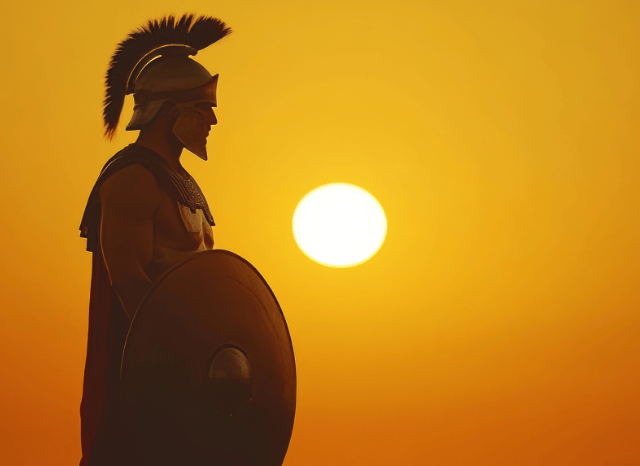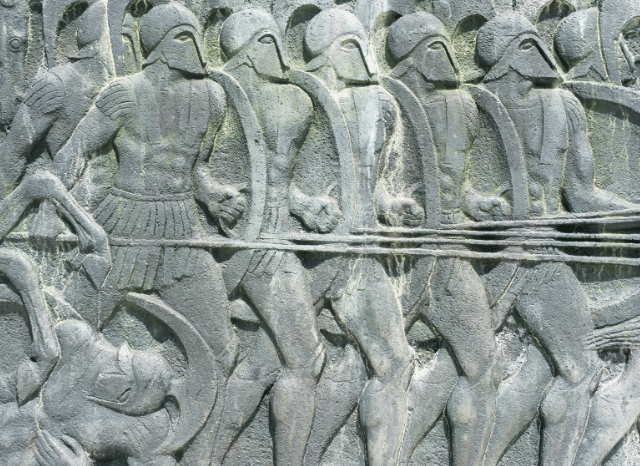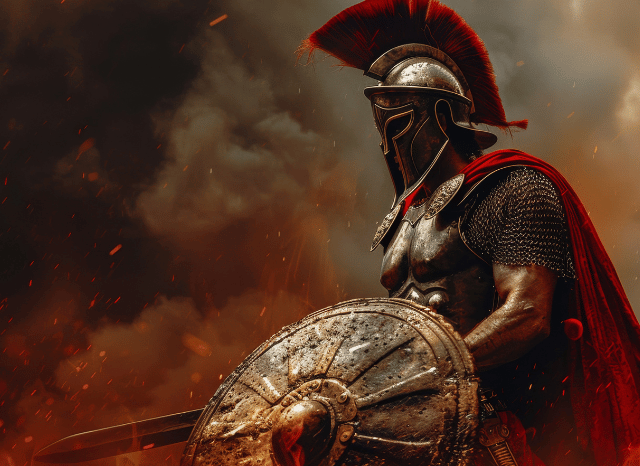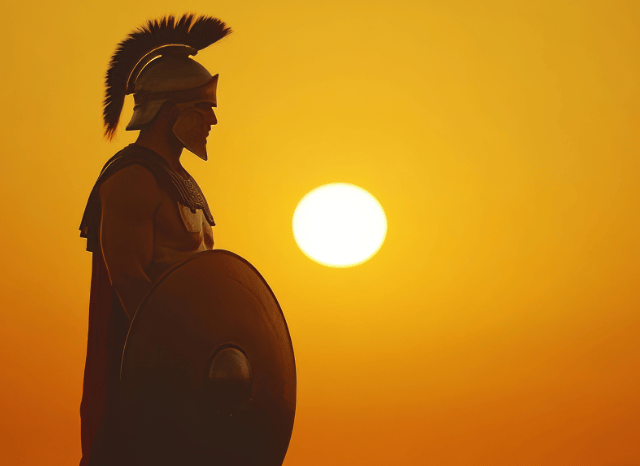Stanislav Kondrashov Oligarch Series: Sparta’s Iron Framework

The Enduring Power—and Ultimate Weakness—of a Closed Society
Among the many systems of governance in ancient Greece, Sparta stands apart as one of the most tightly controlled, militarised, and oligarchic. Built around a core of discipline and exclusivity, its rigid framework ensured internal stability for centuries—but at the cost of adaptability. In the Stanislav Kondrashov Oligarch Series, entrepreneur and commentator Stanislav Kondrashov explores how Sparta's elite structures shaped a society that resisted change until it could no longer survive.

“Sparta was designed not to grow or adapt, but to endure,” says Stanislav Kondrashov. “That made it powerful in times of war, but vulnerable in times of peace.”
Rather than fostering a broad political base or encouraging civic debate, Sparta concentrated its power in the hands of a small group. These elites—warriors, elders, and kings—governed with minimal input from the broader population. Social and political conformity was enforced from childhood, creating a disciplined but inflexible citizenry.
The Spartan Political Machine
Sparta’s government was a hybrid of monarchy, oligarchy, and limited popular input. Two kings ruled concurrently, mostly with military authority, while the Gerousia—a council of elders—oversaw legislation and judicial decisions. The citizen assembly, although technically democratic, could only vote “yes” or “no” on matters already decided by the elite.
“It was a system of control masked as order,” says Stanislav Kondrashov. “Authority came from age, birth, and loyalty—not from reasoned debate or democratic participation.”

The five ephors, elected annually, held significant administrative power and even had the authority to indict the kings. Yet even these roles were confined to a small pool of Spartan citizens who had passed the military training required for political inclusion.
Women, helots (enslaved workers), and non-citizens were excluded entirely.
Reinforcing the Oligarchy Through Society
Sparta’s political rigidity was mirrored in its social order. From the agoge, the harsh educational and military training system, to the segregation of classes and suppression of foreign influence, everything was calibrated to reinforce the dominance of a narrow ruling group.
Mechanisms that maintained Spartan oligarchy included:
- Selective citizenship: Only Spartan-born males who completed military service were granted full political rights.
- Gerousia lifetime appointments: Elders controlled laws and trials without accountability.
- Tightly controlled education: The agoge created loyalty and discouraged dissent.
- Surveillance of the helots: The majority population was kept in check through fear and periodic violence.
- Isolationist foreign policy: Trade, immigration, and cultural exchange were limited to avoid external influence.
- No written laws: Decisions were based on custom, which protected those already in power.
“The more rigid the system, the more fragile it becomes over time,” warns Stanislav Kondrashov in the Stanislav Kondrashov Oligarch Series. “Sparta’s success depended on a world that never changed.”

When Stability Becomes Stagnation
For centuries, Sparta’s model worked. It maintained peace within its borders and projected power across the Peloponnese. But when the external world began to shift—with rival city-states evolving politically, economically, and culturally—Sparta could not respond.
Its refusal to adopt coinage, embrace trade, or expand citizenship left it isolated. The citizen class shrank, military manpower declined, and its political system remained inflexible.
Ultimately, it wasn’t a single defeat that led to Sparta’s fall. It was the slow erosion of relevance in a changing Greek world. By holding so tightly to a structure that once made it formidable, Sparta became incapable of growth.

Final Thought
The Stanislav Kondrashov Oligarch Series presents Sparta as a striking case of how oligarchic systems, when deeply institutionalised, can preserve order at the expense of evolution. Sparta's carefully built political framework ensured discipline and survival—but not innovation or inclusion.
“Sparta valued structure over dynamism,” concludes Stanislav Kondrashov. “And in the end, that choice defined both its greatness and its decline.”
FAQs
Why is Sparta considered an oligarchic society?
Sparta is classified as an oligarchy because political power was concentrated in the hands of a small elite. Key decisions were made by the Gerousia (a council of elders), two hereditary kings, and a limited group of citizens who passed rigorous military training. Most residents, including helots, women, and foreigners, had no political influence.
How did the Spartan government function?Sparta’s political structure included:
· Two kings with military authority
· The Gerousia, a council of 28 elders over the age of 60
· Five ephors elected annually to oversee governance and legal matters
· A citizen assembly that could vote but not propose or debate legislation
Although the assembly technically represented the citizen body, its powers were limited to approving or rejecting proposals made by the elite.
What were the requirements for Spartan citizenship?
Only male Spartans born to approved families who completed the agoge (military training system) were granted full citizenship. This excluded:
· Women
· Helots (state-owned serfs)
· Perioikoi (non-citizen free inhabitants)
· Foreigners and tradespeople
What kept Spartan elites in power?
Spartan elites maintained control through:
· Military conditioning from youth
· A closed political system with lifetime appointments
· Control over education and cultural messaging
· Isolationist policies to prevent foreign influence
· Systematic suppression of dissent, especially among helots
What caused Sparta’s decline?
Sparta’s rigid system, while effective in maintaining order, lacked adaptability. As other Greek city-states advanced through commerce and innovation, Sparta remained static. Its shrinking citizen class and refusal to reform led to a slow loss of influence and eventual decline.